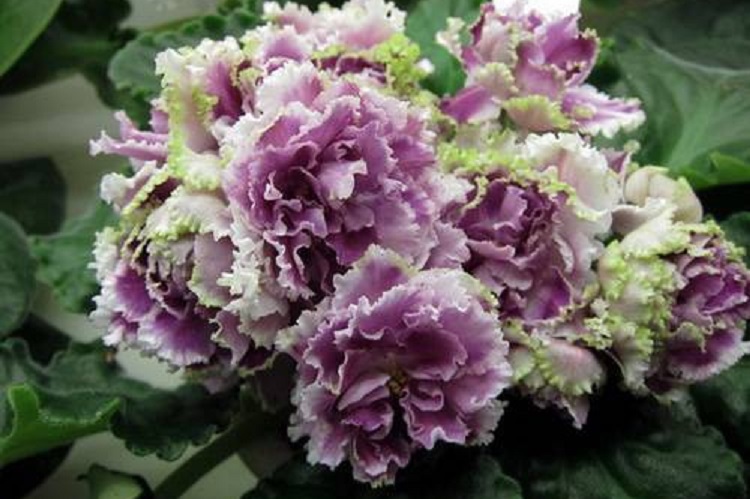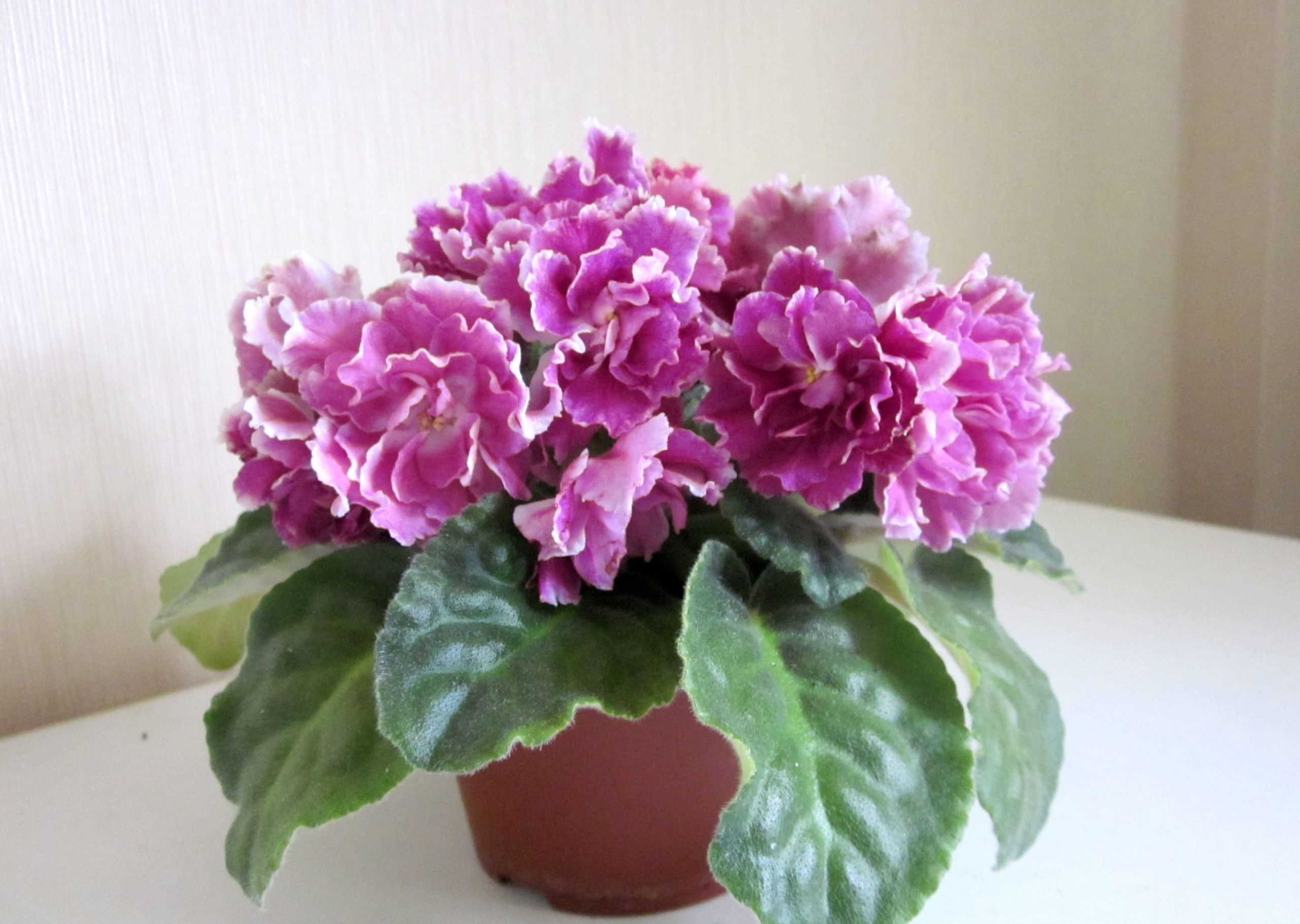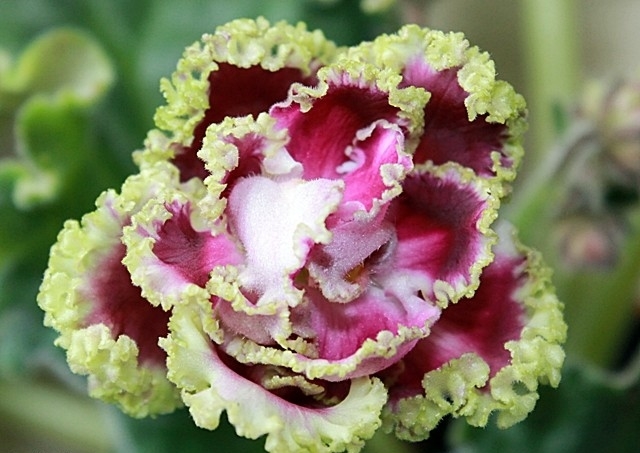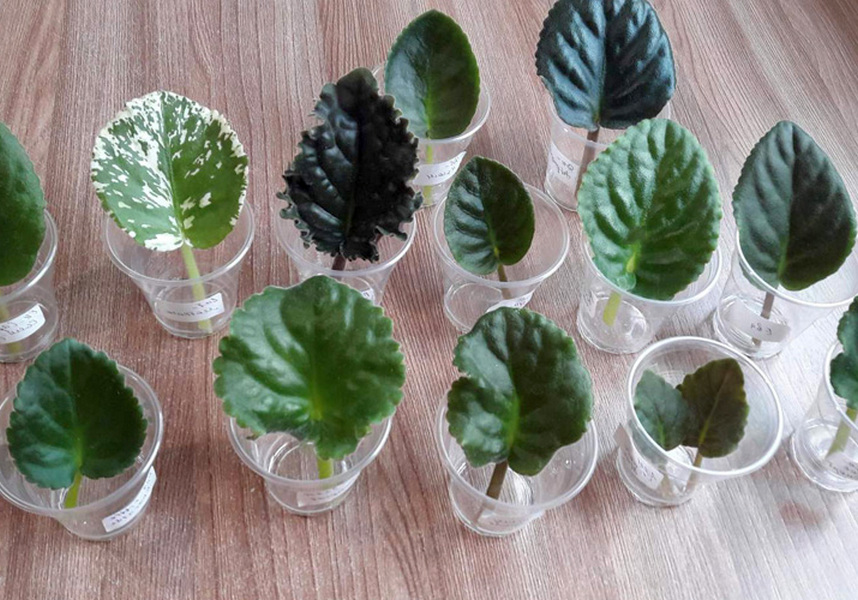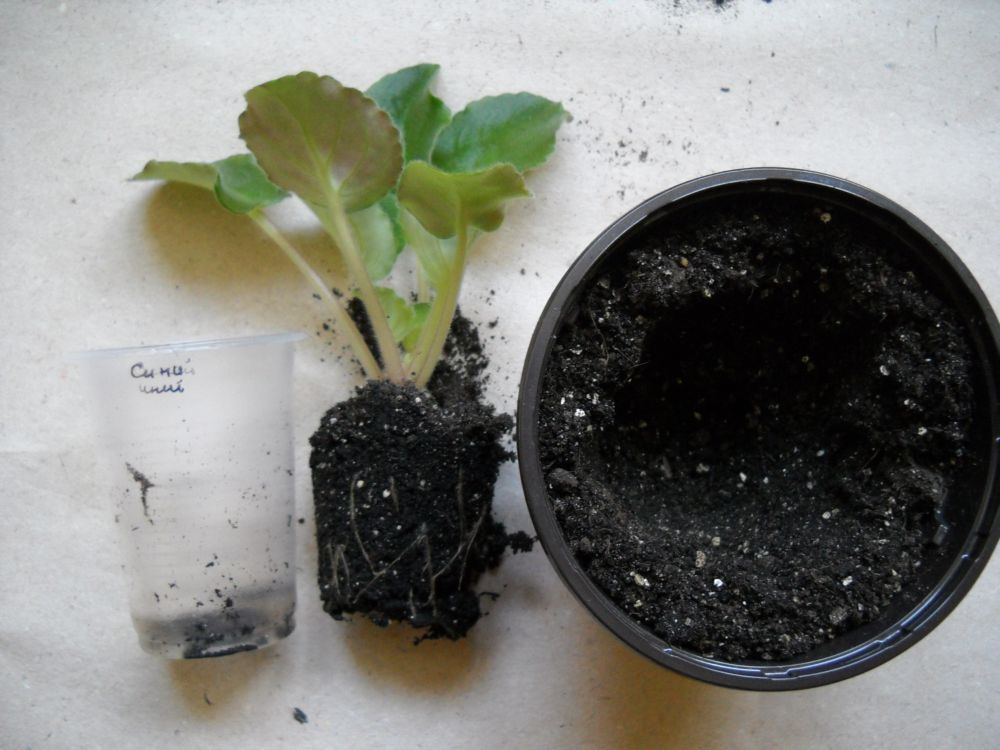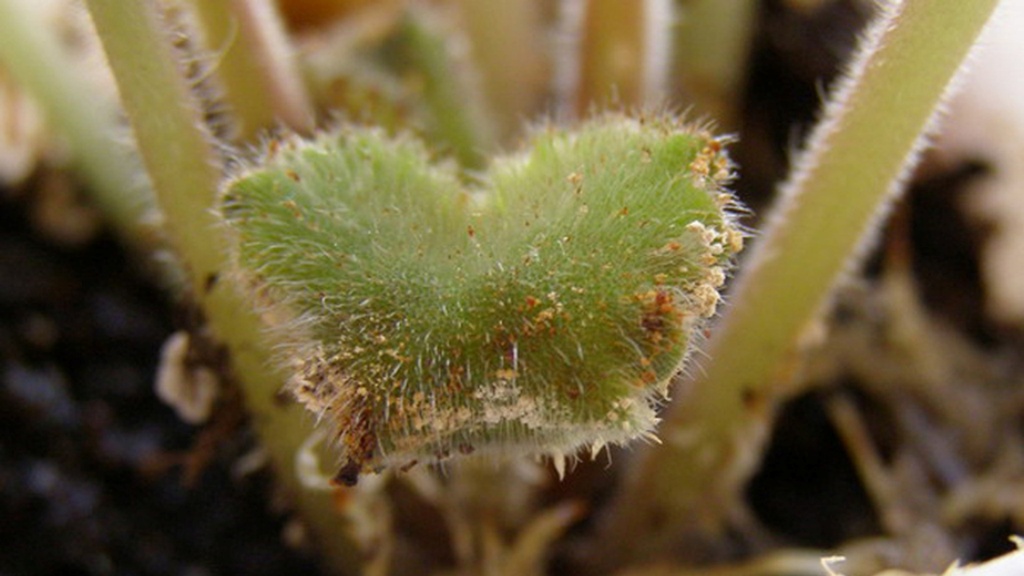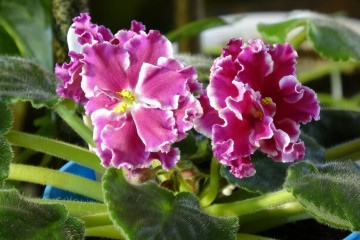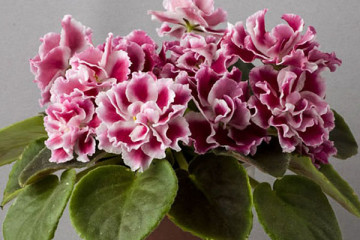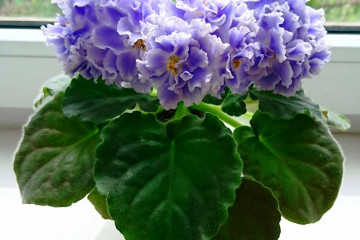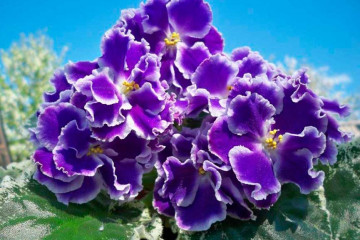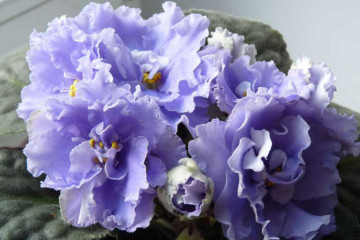Violet Ice Rose - description and characteristics of the variety
Content:
Violet Ice Rose today occupies an honorable place in the ranking of the most beautiful Saintpaulias found in the collections of flower growers. This violet is relatively easy to care for, in comparison with many of its other brethren. Its flowering is very lush and long, which pleases and attracts flower growers.
What does a violet Ice Rose look like?
Violet Ice Rose belongs to the Gesneriaceae family, the genus Saintpaulia Hybrid.
This flower has collected in itself all the luxury and splendor that can only be imagined in Saintpaulias. After all, the beginning of all hybrid varieties is given by simple, especially unremarkable delicate violets, and the result is chic, lush-flowering hybrids that take pride of place at international exhibitions.
Briefly about the history of appearance
This variety is the result of the labors of the breeder Svetlana Repkina. Hence the addition to the name - PC or RS, like all hybrid violets according to the initials of the creator. This flower is collectible.
Plant characteristics
Description of Violet Ice Rose:
- the difference from other varieties is that with each new flowering, both the color and the structure of the petals change;
- the initial color is white with purple blotches, gradually becoming completely purple or crimson;
- leaves are large, dark green with wavy edges and a bumpy surface;
- powerful leaf outlet;
- 6-7 flowers are formed at the same time, but on one peduncle there are only 2-4 buds, since each one opens only after the flowering of its neighbor ends;
- the rosette of an adult plant can reach 45 cm.
Difference between varieties Ice Rose and Ice Rose Lux
The main difference between the two varieties is the presence of a light green border along the edge of the Ice Rose Lux. Therefore, it is called the RS Ice Rose sport.
Sport is the difference between violets and the main variety. Such "sports" hybrids can be obtained as a result of cuttings of Saintpaulia. Differences are in flowers and leaves. Most often, fantasy hybrid varieties have sports. In this case, it is most often a light green border around the edge and more lush flowers, which are the main characteristic of the Lux variety.
Features of caring for a violet RS Ice rose at home
Among other violets, this variety is rather unpretentious, but it also requires certain conditions for good growth. Regular watering, like many other plants, will not be enough for this beauty.
- Temperature
The optimum growing temperature is +18 .. + 24 ° С. The cooler it is in the room, the lighter the petals are.
- Lighting
Lighting is a very important part of violet care. In summer, there is enough natural light from the streets, but additional lighting will be needed during the rest of the year. Therefore, a novice breeder of these colors will need to purchase a fluorescent or special phyto-lamp.
- Watering
Water for irrigation should be warm and soft enough. If top watering is carried out, then you need to ensure that water droplets do not fall on the leaves or flowers. This will increase your risk of disease.
The best option is wick irrigation. Watering through the pallet is also possible. In this case, the plant absorbs as much water as it needs. Reduces the risk of root rot and other types of rot.
- Spraying
Spraying this hybrid violet is completely contraindicated.
- Humidity
The minimum level of humidity in the room is 50%.
Too dry air will adversely affect the development of the flower. Therefore, next to the violets, you can put a cup of water, wet moss, or purchase a special humidifier. This is especially important in winter when central heating batteries are on.
- Priming
The soil should be nutritious, very light and loose. It must pass water and air well. Even when purchasing a ready-made substrate for Saintpaulias, it is worth checking whether perlite is present in it. If not, add either this baking powder or sand.
You can always add dolomite flour, moss, crushed eggshells to any soil for violets. Neutral acidity is preferred.
- Top dressing
During the first 6 months after transplanting, additional feeding is not required. Then they are applied depending on the life period.
At the very beginning of the growing season, nitrogenous fertilizers are applied, which stimulate the active growth of the green part. During the flowering period, potash-phosphorus fertilizers are applied, which contribute to a more lush flowering.
When and how the Ice Rose blooms
The flowering of this variety is quite lush and long-lasting. The flowers are terry, with fringed edges, fantasy in color.
The shape of the flowers is densely double Pansies.
The flowering period can last up to 10 months, followed by a short break. The variety begins to bloom from 9 months of age.
Changes in care during flowering
No special care changes are required. It is important to remove dried buds in time. Top dressing with complex fertilizers is carried out 2 times a month.
How Saintpaulia Ice Rose reproduces
Reproduction of large-flowered Saintpaulia Ice rose occurs only by cuttings or peduncles. The most popular method is grafting.
For this, the strongest sheet from the second row is selected. It is placed in a glass of warm boiled water.
As soon as the root system grows to about 1 cm, the shoot can be planted in the prepared soil.
It is possible to plant the leaf in the substrate immediately. It needs to be buried about 1/3 of its entire length and covered with plastic or a glass jar. Every day, the shelter needs to be raised for ventilation, and also to monitor the level of soil moisture - it should not dry out.
Transplant after purchase and during reproduction
After purchase, the violet should not be transplanted immediately. She must go through the incubation period in the same container in which she grew up in the store.
Further transplantation is carried out by transshipment. A transplant to a new place is carried out 1 time in 2 years, it is possible more often, but not less often.The size of the pot should increase slightly each time, but it should not be too deep.
In a large pot, the growth of the plant will slow down as it will be absorbed primarily by the build-up of the root system. Only after it wraps around an earthen ball, the ground part will begin to develop.
Possible growing problems
Since the violet is not the easiest plant to grow, various problems can arise in the process of growing it.
Leaf problems
Leaf problems are most often associated with improper care. So, yellowing, the appearance of spots on the leaves is most often associated with hypothermia. Watering with cold water or excess moisture can provoke the development of root or stem rot, as a result of which the leaves will droop and turn black.
Lack of light will provoke stretching, lengthening of the cuttings. And excess lighting and heat can cause wilting, drying out and sunburn on the leafy part.
Pests
The main parasitic insects that can harm the Ice Rose violet:
- Ticks that cannot be seen with the naked eye. They settle on aging leaves. Traces of their vital activity appear in the form of white dots on the leaves. The leaves affected by ticks are cut off.
- Thrips. They can also only be seen under a microscope, but unlike ticks, they can fly. Indoor plants most often fall from the street together with pollen or poplar fluff.
- Aphids can kill a violet. An external manifestation of its vital activity is the appearance of wilting leaves, which then turn yellow and completely die off.
To combat any insect pests, special preparations are used - insecticides, which can be bought at any flower shop.
Diseases
The most common diseases are:
- Powdery mildew (true or false) is characterized by the appearance of a powdery white coating on the leaves and stems. The false variety is also accompanied by brown spots on the leaf blades;
- rust affects the leaves, which are covered with rusty spots, then the rest of the flower suffers;
- root and stem rot are the most dangerous diseases that occur in Saintpaulias as a result of hypothermia and / or overflow. The appearance of this disease is detrimental to plants. If a flower is found, you can throw it away, since it will not be possible to save it, and the pot can be well disinfected.
Signs of improper care
The main problem with violets is improper care. It is from this that most of the problems arise:
- with a lack of light, the new leaves will be lighter and smaller, the petioles will stretch out, the edges of the leaves will bend up;
- increased acidity or excessive salinity of the soil leads to twisting of the leaf plates, the same problem occurs with a lack of nitrogen or overflow;
- light spots on the leaves or their tips hint to the grower that the flower is watered with too cold water or suffers from sunburn;
- with the development of root rot, wilting appears, and the color of the leaves is lost;
- gray rot provokes a process in which the leaves can become covered with a gray bloom;
- late blight is manifested by the presence of brownish, brown spots on violet leaves, turgor is lost;
- due to non-observance of the temperature regime, rust may appear on the plant, characterized by unpleasant rusty bumps and dots on the leaves and cuttings;
- with excessive watering and hypothermia, black rot may develop on the violet, the leaves will darken and turn black.
It is better for beginners not to take up the cultivation of this plant, it is worth practicing on more unpretentious flowers.
Despite its cold name Ice Rose, the flower will delight the owner and give him its warmth almost all year round. There is no one indifferent to this variety. The flower amazes, delights and attracts absolutely everyone.
